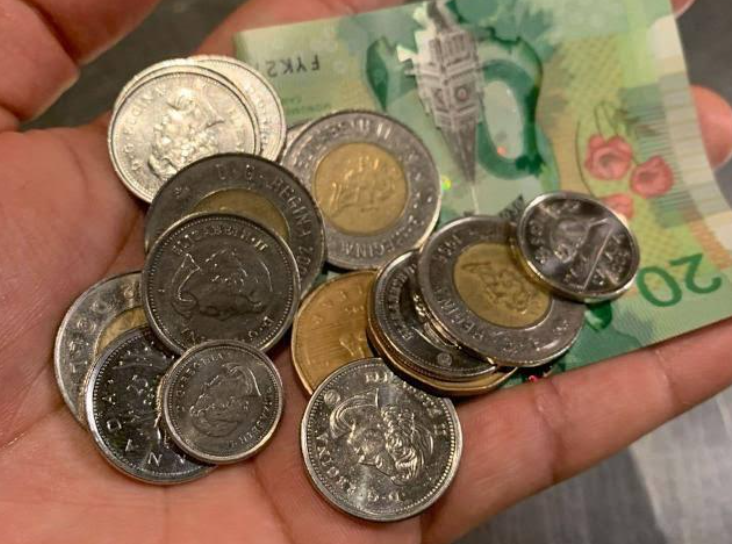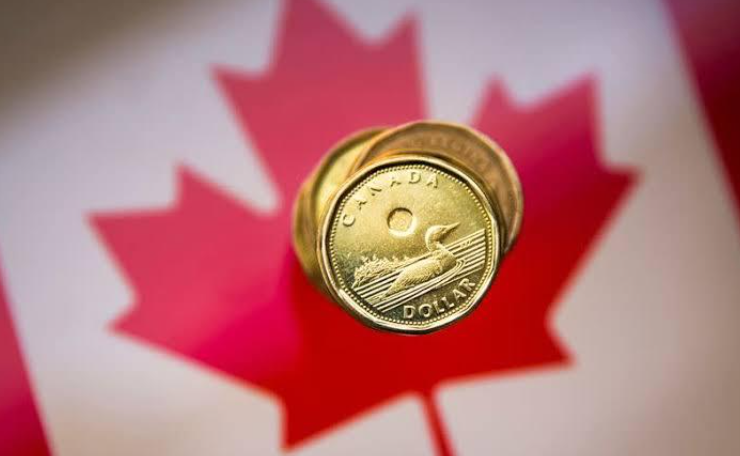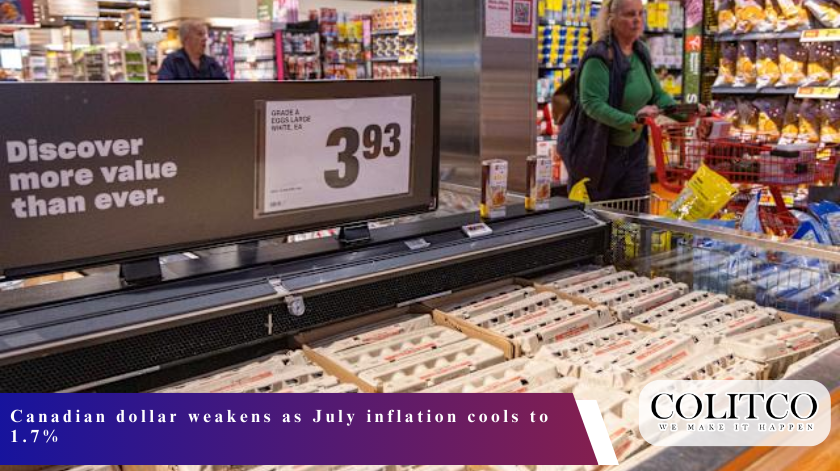What happened to Canada’s inflation rate?
Annual inflation in Canada registered a slower in July as the CPI fell from 1.9% to 1.7% in June. Analysts underlined that such a drop in annual inflation was fueled by a sharp 16.1% decline in gasoline prices. This came about as oil production increased globally and as carbon levy costs were removed. Month-on-month CPI increased by 0.3%, doing well to meet market expectations, following a much softer 0.1% rise in June.
Economists maintain that core readings stayed high, with CPI-median rising to 3.1% and CPI-trim flat at 3%. These readings remain toward the very upper edge of the band denoted by the Bank of Canada between 1% and 3%.

Canada inflation slows to 1.7% on fuel drop
Loonie weakens against the US dollar
The Canadian dollar weakened as it lost about 0.40% against the U.S. dollar. With the spot rate for the loonie that low, traders were not able to resist the influence of last week’s soft inflation data, weaker oil prices, and growing speculation of policy easing.
According to the view shared by market analysts, the movement of the minimum supported by energy prices for the loonie was fading; that is, the oil price is under stimulant pressure at the moment.
Why did oil prices matter for the loonie?
Oil prices dropped by 1.1% and settled at $62.71 per barrel after renewed hopes on peace talks between Russia and Ukraine. This raised supply expectations and thus helped cool the prices. Being a big exporter of crude, Canada depends on oil revenues to support its currency.
Lower oil prices and revenues thus limit export and national income. Together with softening inflation, the drop in crude prices put more pressure on the loonie. This unusual movement in FX revealed that energy markets still have a bearing on Canada’s general financial stability.

Oil slips 1.1% to $62.71 on Russia-Ukraine peace hopes
What are traders betting on the Bank of Canada policy?
Markets have increased price action for a rate cut by September. The odds of a cut on 17 September moved up to 39% from 31% beforehand. Several assessments put it nearly at 40%.
There has been an unpredictable change in money-market pricing as investors reacted to weaker inflation. Core inflation does stand firm, and a clear signal for policymaking is still a mystery. Policymakers may elect to await clearer indications before acting. Traders will now look out for more incoming data on wage growth and housing inflation.
Bond yields fall as policy bets shift
Government bond yields went lower following the inflation release. Two-year yields eased down to 2.735%, easing the expectations for policy. Ten-year yields fell to 3.446%, down by 4.4 basis points.
Lower yields hint at markets anticipating easements in financial conditions. Movement of capital into bonds was witnessed against increased demand for safer assets. Inflation readings create simultaneous and common reactions in both FX and debt markets.
Also Read: TSX edges higher as investors wait for Canada inflation data
Can the loonie recover without stronger oil prices?
The loonie further has its glamour closely tied up with energy markets. If crude keeps being weak, chances are that Canada’s currency might find it hard to move upwards or find demand. Analysts warn that the Canadian dollar may be under pressure until there is more demand.
Core inflation may stay put; thus, rate cuts may not come anytime soon, a better position of partial support. In contrast, with markets tracking dovish probabilities, the narrative seems against the loonie. For a strong comeback, commodity prices or a stronger domestic growth outlook probably have to do the job.












